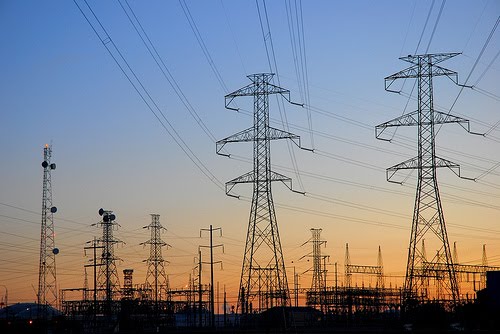European Utilities: end of tunnel 2 years away now?

2016 could be the year of rebound for the european utilities. The earnings stream of these companies is gradually improving after five years of decline. Which names are more attractive? Credit Suisse gives a suggestion.
The past
2015 offered for the european utilities some tentative evidence of improvement in earnings, mostly driven by cost-cutting and falling cost of debt, while power prices and demand remained generally subdued. Meanwhile, regulators resisted the temptation of translating lower financing costs into aggressively lower returns. When allowed returns have been up for review (ie. in Italy), the cut has been milder than initially expected, leaving part of the financial outperformance untouched.
The future
From 2016 onwards, Credit Suisse assumes further acceleration of earnings but the driver of it will continue to be costcutting and restructuring rather than growth of prices and volumes. Power prices remain depressed while the contribution from new services/investments in grids is still unclear in the short term. Over 2015-18E, the broker expects EPS CAGR of 3%. FCF generation on a post-dividend basis is expected at about €20bn in 2015-18E cumulative, mainly driven by costs and capex reduction.
Current consensus is for lower for longer commodity prices and this is a negative for the performance of the sector in early 2016, potentially making commodity-exposed utilities even cheaper.
Rating
Credit Suisse believes that in the course of 2016 commodity-exposed utilities will start outperforming their regulated peers (but probably after further underperformance of commodity-exposed utilities in the short term).
On a global basis, the bank is neutral on European Utilities vs. their peers. Credit Suisse’s Strategy Team is underweight European Utilities vs. the market.
Heading into 2016, its top picks are Engie (TP €17.5), Centrica (TP 280p), Iberdrola (TP €6.8) and Endesa (TP €22.0), all rated Outperform. They believe these stocks offer a combination of regulatory certainty, dividend growth potential and capacity to benefit from a potential re-rating of generators vs. regulated at some stage during the year.

